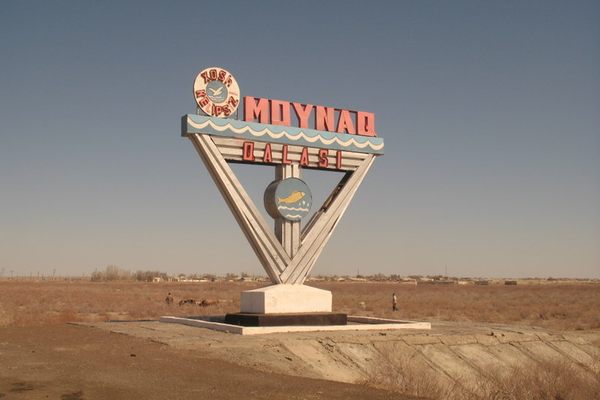The Hole in the Ozone Layer Above Antarctica Might Be Healing Itself
Progress.

(Photo: Jason Auch/CC BY 2.0)
Scientists first started worrying about a gap in the ozone layer—the layer of the Earth’s atmosphere that absorbs ultraviolet rays from the sun—in the mid-1980s, when studies at the time revealed a massive hole opening up above Antarctica.
Science education in the ’90s featured a lot of scaremongering about the ozone layer, and how one day it might cease to exist, causing us all to die. Or get skin cancer. Or something else.
Anyway, since 1987, the world has been busy trying to stop using ozone-destroying compounds, specifically chlorofluorocarbons, which were banned globally then. The big question was whether, with some regulatory intervention, the ozone layer might fix itself.
On Thursday, scientists said in a study that there was evidence that the layer was starting to do just that, with the hole in the layer shrinking by around 1.5 million square miles since 2000, or about the size of India, according to the BBC.
Which is progress! The scientists made their measurements in September of 2015, using a variety of tools, like weather balloons and satellites, to reach their analysis.
The scientists also said that chlorine, which they think was mainly responsible for the hole in the first place, is in decline on Earth, but not fast enough for the hole to close up just yet.
“We don’t expect to see a complete recovery until about 2050 or 2060,” Susan Solomon, a study co-author, told the BBC, ”but we are starting to see that in September the ozone hole is not as bad as it used to be.”







Follow us on Twitter to get the latest on the world's hidden wonders.
Like us on Facebook to get the latest on the world's hidden wonders.
Follow us on Twitter Like us on Facebook